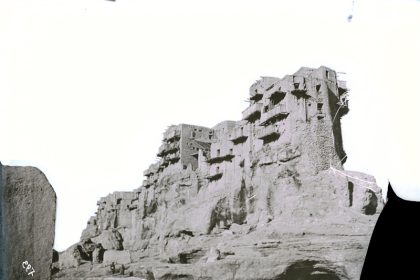Japan has many legendary figures, but few of them have influenced the country’s culture as much as the samurai warriors and have been admired as symbols of power and honor. Japan’s samurai culture is highly regarded and has been the subject of countless films, books, and works of art. Although no longer in existence, samurai were known during their heyday as fearless warriors who dedicated their lives to the success of their clan and country. You must have heard the famous saying “Samurai never dies” many times. If you are interested in samurais and their fantastic stories, this article is for you.
Samurai and Bushido
Samurai (侍) were a class of Japanese warriors who played a very important role in Japanese history and culture from the 12th to the 19th century. The word samurai means “one who serves” and this name refers to their duty to serve their masters, especially shoguns (military commanders). The samurai later formed the ruling military class that eventually became the highest social class of the Edo period (1867-1603). These warriors used a wide range of weapons such as bows and arrows, spears and guns, but their main weapon and symbol was the sword.
Japanese samurai culture was based on the moral code of Bushido. Bushido included principles such as loyalty, courage, honesty, discipline and respect, and according to it, a samurai must adhere to these principles even in death.
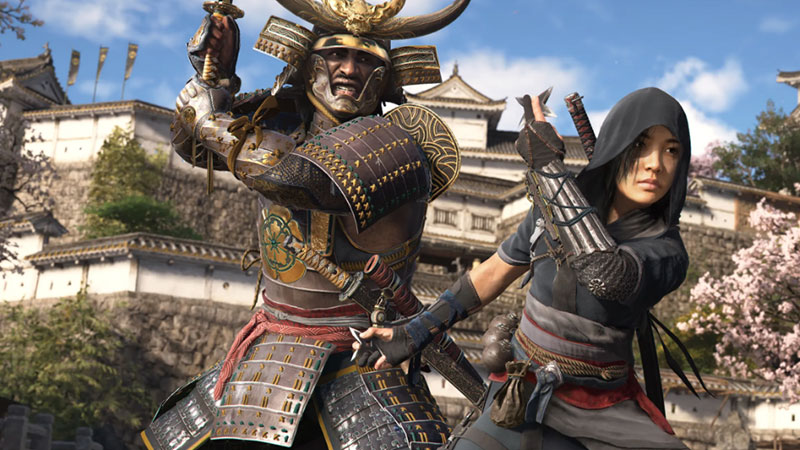
Japanese samurai culture History
The origins of samurai go back to the Heian period in the Tohoku region. Around that time, warriors were hired by wealthy landowners to protect their masters independently of the government.
In the meantime, two clans, Minamoto and Taira, challenged the ruling government and were constantly competing with each other for gaining power in the whole country. In the end, it was Minamoto Yoritomo who prevailed and in 1192 established a new military government led by the shogun, or supreme military commander. It can be said that the roots of the Japanese samurai culture, which later ruled this country for more than 700 years, were formed from here.
In the 15th and 16th centuries (known as Japan’s Chaotic Era), the country was divided into dozens of independent parts that were constantly at war with each other. Every tribe had its own warriors, and it was precisely during this period that the ninjas stepped into the realm of Japanese heroes. Many famous samurai films have depicted the turbulent history of this era.
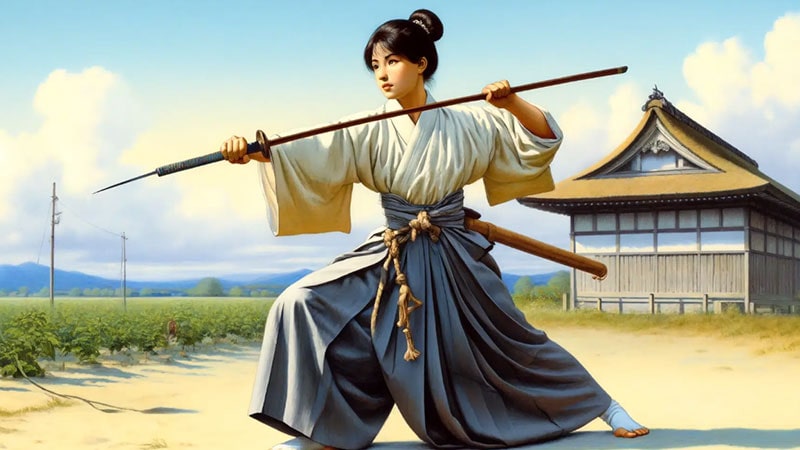
Japan finally reunified in the late 1500s, and a rigid social system was established during the Edo period, with samurai at the top, followed by farmers, artisans, and merchants. The samurai of that time lived in the castle and were the only ones who were allowed to carry swords. Their rice and grains were supplied by the feudal lords.
The Edo period in Japan lasted for about 250 years and relative peace reigned over this country. As a result, martial skills became less important and many samurai became bureaucrats, teachers, or artists. Japan’s feudal era finally ended in 1868 and the samurai class disappeared a few years later! But the Japanese samurai sword still kept its values.
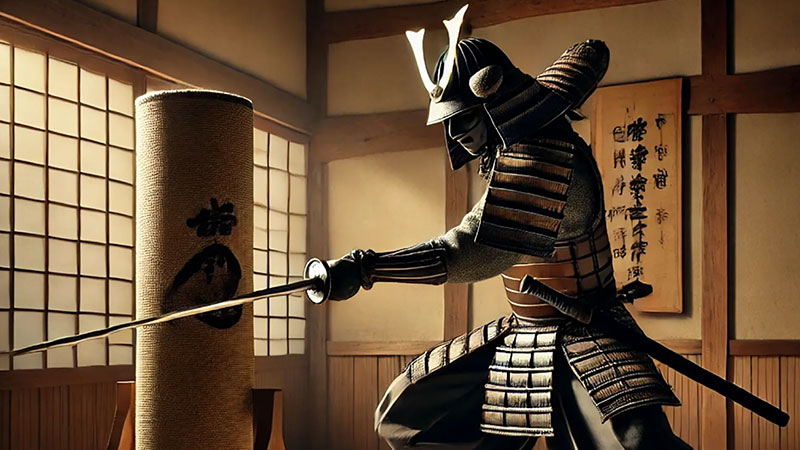
Read more: Japanese kimono {everything you need to know about this traditional Japanese clothing}
Characteristics and role of samurai
Above all, samurai were known for having unique morals and characteristics. We will examine some of these features below:
Bushido ethicsBushido)
Samurai lived by a strict moral code called bushido, which included principles such as loyalty, bravery, honesty, discipline, and respect. They were obliged to adhere to the principles of Bushido even in the face of death.
Combat skills
Samurai were skilled in using katana swords, bows, spears and traditional martial arts. The katana sword was a symbol of the strength and spirit of the samurai.
Military and governmental duties
The samurai had the duty to protect the feudal lords. They also held managerial and administrative roles in Japan’s feudal system.
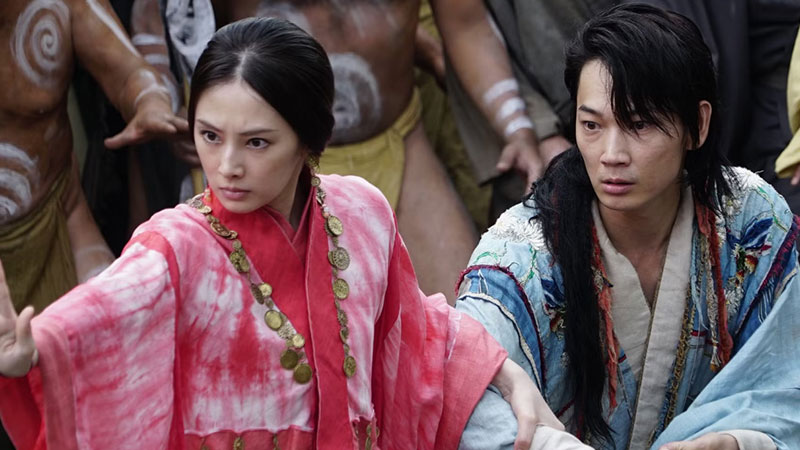
Cultural education
In addition to martial abilities, samurai were also educated in the fields of art, literature, and philosophy. Many of them were interested in arts such as calligraphy, painting, and poetry.
The concept of harakiri (seppoku)
When defeated or losing honor, samurai might commit seppoku, a form of ritual suicide to preserve honor and respect.
Obeisance to the Lord (Daimyo)
Samurai acted as loyal servants to their masters. This commitment was to the extent that, if necessary, the samurai were willing to sacrifice their lives.
The fall of the samurai
With the advent of modernization in Japan in the Meiji period (1912-1868), the feudal system was abolished and the samurai class also disappeared. The reforms of this period included banning swords and changing the structure of the army. But the Japanese samurai culture still has a special place in this country and they are known as a symbol of honor, power and traditional Japanese culture.
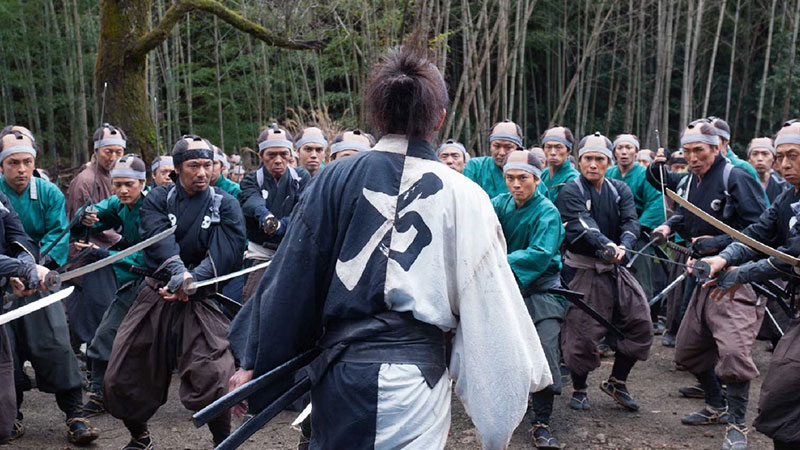
Read more: Full introduction of 30 of the most spectacular temples in Japan
Appreciation of Japanese samurai culture in today’s world
Nowadays, you can review the history of Japanese samurai culture in castles, historical residences, museums and historical themed amusement parks. The following are some of the ways tourists can see the culture and lifestyle of the samurai up close:
Historical castles of Japan
Castles evolved over the centuries from small defensive structures on mountainsides to massive complexes in the heart of cities, where business was conducted and local lords resided. The lord’s samurai subjects lived around the castle, and the higher their rank, the closer they were to the castle.
Today, there are more than a hundred castles in Japan, and many of them have been restored. Most castles contain full-fledged exhibitions or museums that showcase samurai artifacts and their lifestyle.
Samurai areas and mansions
During the Edo period, samurai lived in designated areas of castles. Today, a few of these samurai areas have been preserved with a historic atmosphere including narrow paths, earthen walls, entrance gates, and lodges, allowing tourists a glimpse of the samurai lifestyle. In these mansions you can see the samurai culture of Japan.
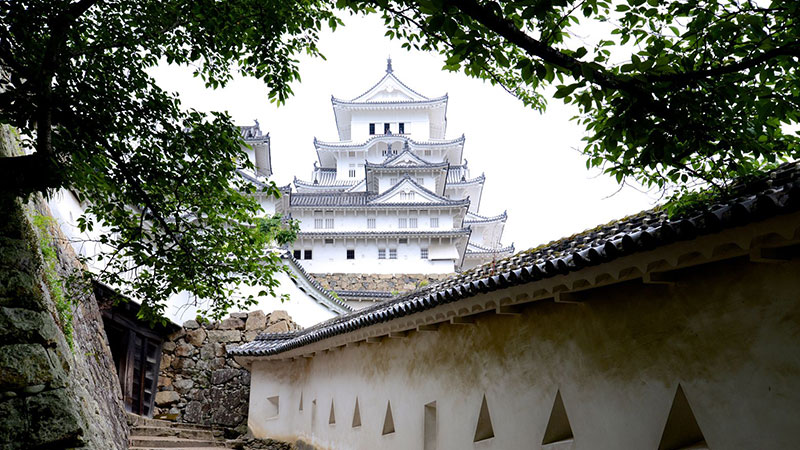
Museums and samurai culture of Japan
While most history museums in Japan display at least some samurai swords or armor, there are a few specialty museums that exclusively display samurai artifacts.
Some of them include the Sword Museum in Tokyo, which displays one of the largest public sword collections in the country. The Tokugawa Museum of Art in Nagoya, which displays armor, swords, teaware, artwork, and household items, and the Maeda and Honda Museums in Kanazawa, which display the works of two prominent samurai families in the region.
Theme parks
There are several historical theme parks around Japan that feature recreated cities from the feudal era. These parks usually offer a variety of attractions, live shows, museums, shops, and restaurants.
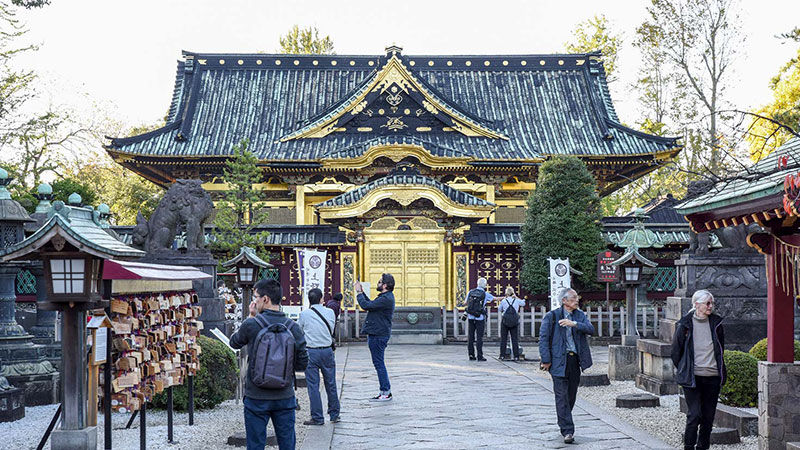
Activities related to samurai
There are several samurai-related activities and experiences that allow tourists to experience Japan’s samurai culture. These include dress-up experiences where participants can wear samurai armor or ninja clothing, and participate in martial arts workshops on samurai weapons and fighting techniques.
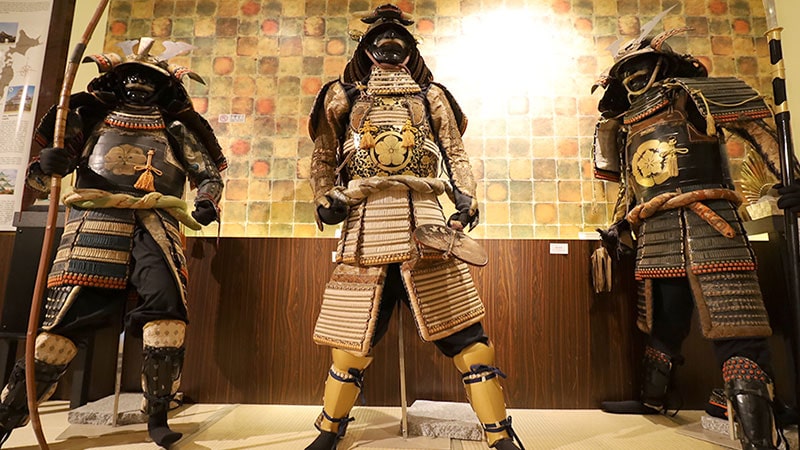
final word; Impact on modern Japanese culture
Samurai culture is still evident in many aspects of Japanese life. Bushido values are seen in work ethic, loyalty to organizations and respect for social hierarchy. Also, martial arts and the use of swords have continued in the form of modern sports and cultural traditions. Japanese movies, books and anime are also widely inspired by the stories and legends of the samurai, introducing this heritage to the world.
Click to see the price and buy a tour of Japan from Venk Star.
Buy a tour of Japan
Copying of the contents of Setare Vanak Airline Agency is prohibited only by mentioning the source.
RCO NEWS














